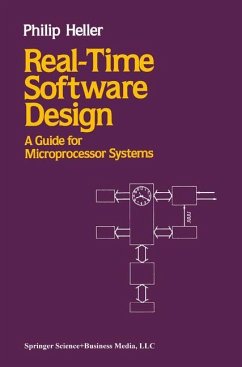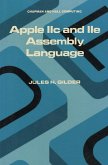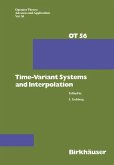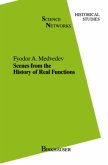Computers these days spend a fairly low fraction of their time computing. In fact, the very word "computer" has become something of a misnomer. In the American History museum of the Smithsonian Institute in Wash ington, D.C., there is an exhibit of early computers. Three features of these machines are striking. First, they are enormous, especially in com parison to their capabilities. The museum visitor who has just come from the Natural History building next door may be reminded of fossilized di nosaur bones. Second, they don't look at all like modern computing ma chines. The cases are made of crude metal or beautifully worked wood, recalling an approach to the design of scientific apparatus which belongs to a previous generation. Lastly, the function of these machines is mainly to compute-to perform rapid arithmetic. The computer of today bears little resemblance in size, form, or function to its ancestors. It is, most obviously, smaller by several orders of mag nitude. Its form has changed from the carefully crafted one-of-a-kind in strument to the mass-produced microchip. But the change in its function is perhaps the most dramatic of all. Instead of being a computing engine, it is a machine for the processing of information. The word "processor" has come into common usage. A processor used to be a central processing unit-a set of wires and vacuum tubes, or later a set of printed circuit boards-which was nestled deep within the computer. Today a processor is an off-the-shelf component.
Hinweis: Dieser Artikel kann nur an eine deutsche Lieferadresse ausgeliefert werden.
Hinweis: Dieser Artikel kann nur an eine deutsche Lieferadresse ausgeliefert werden.








